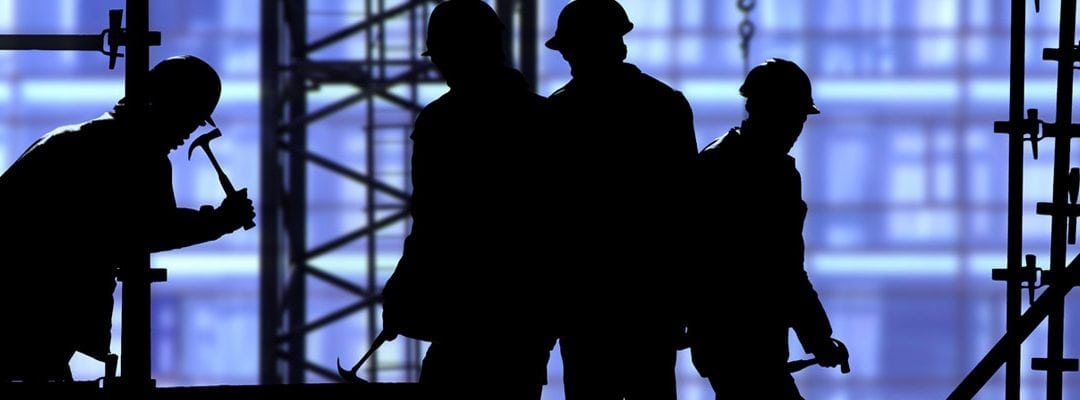Being part of a major project is an exciting, medium-term commercial opportunity for businesses of all sizes in Australia. Typically, a major contract is won by a large contractor or consortium, which then enters into commercial agreements with many subcontractor businesses, thus providing employment to hundreds (even thousands) of workers over a multi-year period.
Executing a major project has many challenges. Among them is taking a large, diverse team of skilled workers, often drawn from markedly different organisations, and creating the conditions where they come together to think, work, behave and collaborate as one. This cohesiveness is not easy to achieve considering every organisation brings in its own different processes and policies, which may need to be set aside in order to properly comply with site rules.

Setting up workers for project success
For workers employed as contractors in a project, they need to represent their employer well so that their employer is rehired for other projects. To do this, though, you need to prepare teams so that they clearly know where they fit in and what the head contractor’s expectations will be.
To set up workers for success, we’ve identified five key factors that help organisations to transition workers into their best representatives on a major project.
- Let your workers know how you’d like them to represent your company.
- Create a shared goal and help workers understand their role in achieving it.
- Help workers understand the balance between requirements, policies and processes of head contractor versus their own.
- Work with your team to bridge any gaps between your policies, and processes – and that of your head contractor.
- Make sure everyone understands the benefits of collaboration and cohesiveness.
Three tips for head contractors
If you are the head contractor, how do you best manage sub-contractors? We think these two factors are important:
- Let your subcontractors know your expectations regarding how they represent their organisation within a sub-contractor status.
- Clarify your expectations of all employees by explaining what’s in it for them and with information about how to conduct themselves.
It’s not difficult to manage your workers moving from project to project with different contractors.
Most teams want to perform well and represent their employer to the best of their ability. From their perspective, good performance improves the opportunity for their employer to be hired on subsequent projects.
By providing your teams with an understanding of the above, the bigger picture, your expectations and where they fit into ithem, workers will soon understand what to look for and how to behave on each and every project.
Want to learn how to manage subcontractors?
Learn to effectively manage WHS site risks and performance by learning how to effectively select, manage and monitor the complex and difficult world of subcontractors.
Find out more by downloading the course outline below, contact us here or call us on 03 9510 0477.
More from our blog
Work-related fatigue: a guide for employers from WorkSafe Victoria
WorkSafe Victoria has produced a guide on how to prevent workplace injuries to employees. According to the guide, "Fatigue is an acute and/or ongoing state of exhaustion that leads to physical, mental or emotional exhaustion and prevents people from functioning safely...
5 tips for working successfully with subcontractors
Organisations are increasingly including subcontractors in their internal training, so everyone is aligned under a single Health & Safety framework. Not only is this beneficial for alignment of safety behaviours, but from a WHS compliance perspective, you have a...
Undertaking a COVID-19 Risk Assessment for your workplace
Have you undertaken a current risk assessment to identify the risks associated with exposure to COVID-19 in your workplace? Safe Work Australia has published a downloadable checklist you can follow with the key considerations for identifying risks and control...




